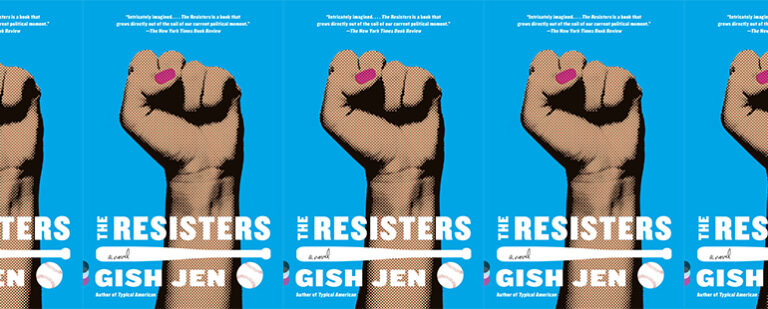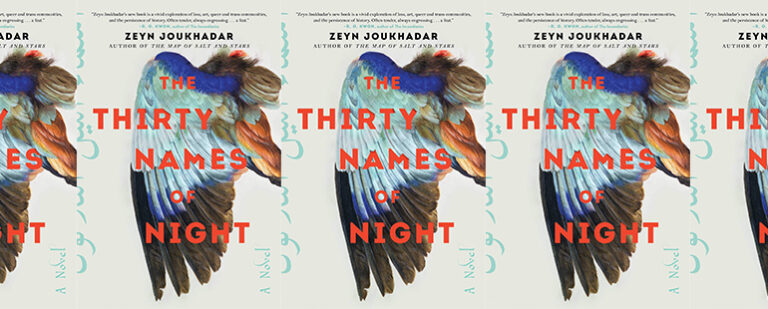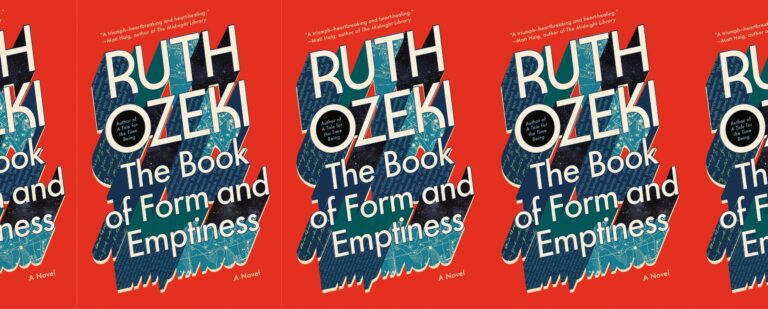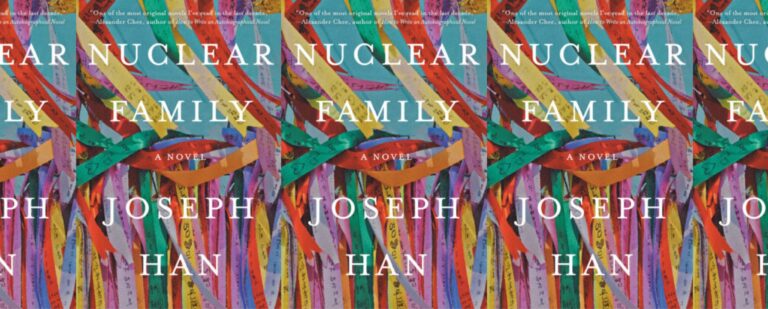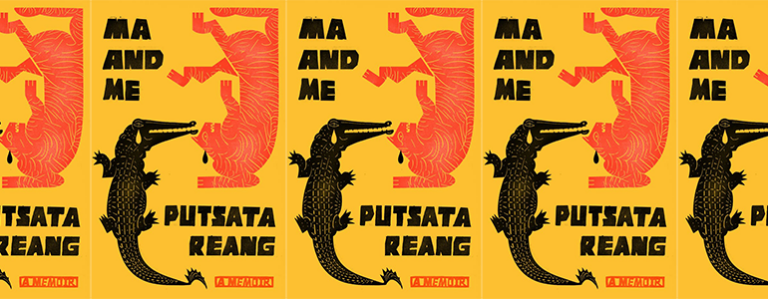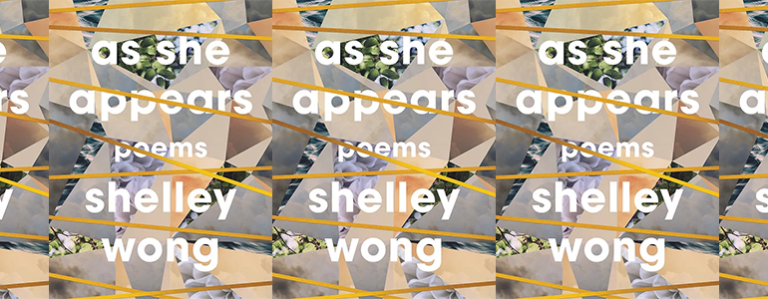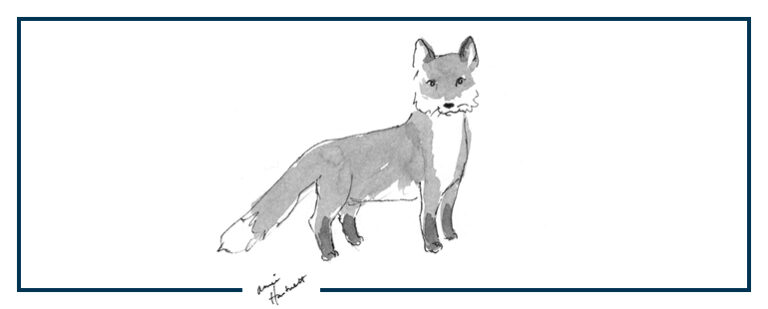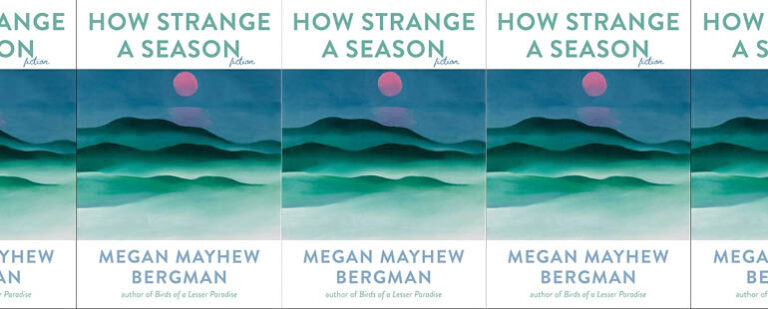“I see fiction as restoring to the world some of its actual complexity”: An Interview with Gish Jen
Like all of Gish Jen’s work, her most recent book is many things: a baseball novel, a bildungsroman, a protest novel. At the center are her characters—complicated, flawed, and likeable. We root for them all.
